
The Role of Costumes in Dance Performance and Identity
- 1- The Importance of Costumes in Dance Performance
- 2- How Costumes Define Identity in Dance
- 3- The Impact of Costumes on Dance Interpretation
- 4- The Influence of Costumes on Dance Culture
- 5- Famous Examples of Iconic Dance Costumes
1- The Importance of Costumes in Dance Performance
Costumes play a critical role in dance performances, as they are not just garments but integral components that shape the visual impact of the performance. They are designed to enhance the storytelling, support the theme, and provide a visual representation of the character being portrayed. In many dance forms, costumes help the audience connect to the emotion, era, and cultural background of the performance.
Whether it's a ballerina's tutu in classical ballet or the vibrant, bold colors in Latin dance, costumes help set the tone for the performance, making them an essential tool for any dancer and choreographer. The right costume can elevate a dancer's movements, accentuate body lines, and help convey the performance's mood.
2- How Costumes Define Identity in Dance
In dance, costumes are used to define the identity of characters, whether in ballet, contemporary, or cultural dances. A costume can instantly convey who the character is, what their role in the story is, and the emotions they are feeling. The costume shapes how a dancer's body is perceived and can alter the energy of the performance.
For example, in a classical ballet, the tutu and pointe shoes symbolize elegance and grace, representing the dancer's role in a traditional setting. In contrast, a hip-hop dancer may wear streetwear or urban-inspired costumes, emphasizing individuality, confidence, and urban culture. Through costumes, dancers can portray a wide range of emotions, from the elegance of a swan to the fierceness of a warrior.
3- The Impact of Costumes on Dance Interpretation
Costumes have a significant influence on how a dance piece is interpreted by both the performer and the audience. They can affect the dancer’s movements, their ability to perform certain techniques, and the overall fluidity of the performance. For instance, the weight and fit of a costume can influence how freely a dancer moves, with certain styles allowing for more expression and others restricting movement for dramatic effect.
Additionally, costumes allow the audience to immediately understand the time period, setting, and emotional tone of a piece. A historical costume from the Victorian era in a contemporary ballet will immediately establish the piece’s context and set expectations for the audience. Similarly, bold, modern costumes in contemporary dance can heighten the tension and energy of the performance.
4- The Influence of Costumes on Dance Culture
Beyond their role in individual performances, costumes have a broader influence on the culture of dance itself. In certain dance genres, specific costumes are associated with traditional practices and cultural identities. For example, the flamenco dress in Spanish dance or the kilt in Scottish Highland dance are deeply rooted in cultural heritage and are essential to maintaining the authenticity of the dance form.
Costumes also reflect changes in the dance world, where new trends and styles emerge in line with evolving social attitudes. In recent years, many choreographers have moved away from traditional costumes and embraced more casual or abstract attire in contemporary performances, offering dancers more freedom of expression and challenging traditional views of what a dancer "should" wear.
5- Famous Examples of Iconic Dance Costumes
Iconic dance costumes are often remembered as much as the performances themselves. A few famous examples include the tutu worn by the ballerina in "Swan Lake," which has become synonymous with classical ballet. Similarly, the black leather jacket and greased hair of John Travolta in "Grease" have become cultural symbols of the era, reflecting the character’s rebellious spirit.
In more modern performances, the costumes in Michael Jackson's "Thriller" music video or Beyoncé’s "Single Ladies" dance are just as iconic, showing how costumes can reflect the evolving pop culture and music scene. These costumes go beyond mere attire; they are part of the visual narrative that makes the performance unforgettable.

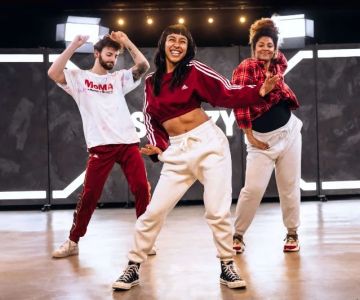
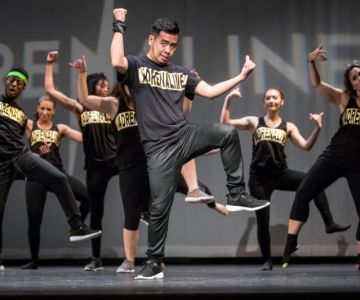

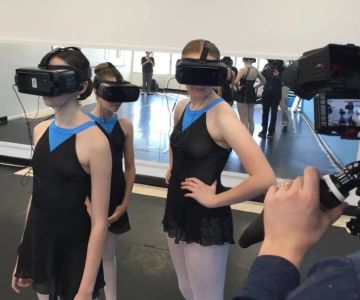
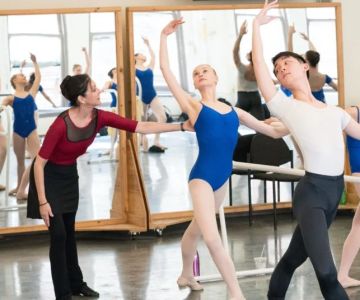
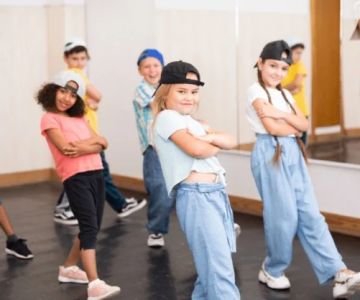
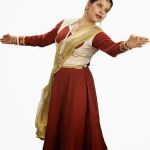 Ashwini Kathak Dance Academy5.0 (16 reviews)
Ashwini Kathak Dance Academy5.0 (16 reviews) Body Language Dance Center4.0 (13 reviews)
Body Language Dance Center4.0 (13 reviews) Betty's Big Country Dance Hall4.0 (62 reviews)
Betty's Big Country Dance Hall4.0 (62 reviews) STARS Twirl Studio5.0 (3 reviews)
STARS Twirl Studio5.0 (3 reviews) Wright's Gymnastics & NinjaZone - Southeast4.0 (110 reviews)
Wright's Gymnastics & NinjaZone - Southeast4.0 (110 reviews) Jazzercise Dahlonega4.0 (14 reviews)
Jazzercise Dahlonega4.0 (14 reviews) The Best Arm Toning Exercises for Dancers
The Best Arm Toning Exercises for Dancers My Story of Being a Backstage Dancer for a Concert — What I Learned
My Story of Being a Backstage Dancer for a Concert — What I Learned How I Learned to Teach Chair Dance for Seniors — My Story
How I Learned to Teach Chair Dance for Seniors — My Story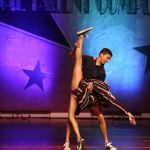 How to Give a Meaningful Compliment to a Fellow Dancer: Tips and Techniques
How to Give a Meaningful Compliment to a Fellow Dancer: Tips and Techniques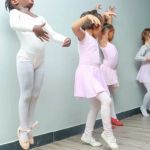 The Real Cost of Dance: Classes, Shoes, and Attire Breakdown
The Real Cost of Dance: Classes, Shoes, and Attire Breakdown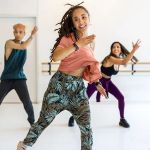 How to Find a Dance Class That is Accessible for All
How to Find a Dance Class That is Accessible for All